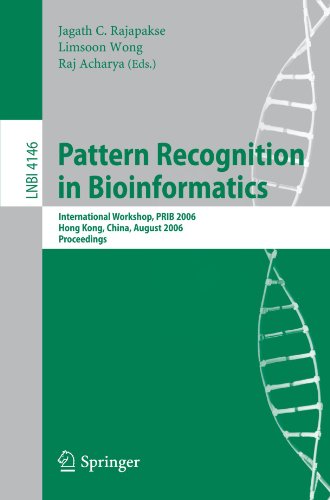

Most ebook files are in PDF format, so you can easily read them using various software such as Foxit Reader or directly on the Google Chrome browser.
Some ebook files are released by publishers in other formats such as .awz, .mobi, .epub, .fb2, etc. You may need to install specific software to read these formats on mobile/PC, such as Calibre.
Please read the tutorial at this link: https://ebookbell.com/faq
We offer FREE conversion to the popular formats you request; however, this may take some time. Therefore, right after payment, please email us, and we will try to provide the service as quickly as possible.
For some exceptional file formats or broken links (if any), please refrain from opening any disputes. Instead, email us first, and we will try to assist within a maximum of 6 hours.
EbookBell Team

4.1
10 reviewsThe field of bioinformatics has two main objectives: the creation and maintenance of biological databases, and the discovery of knowledge from life sciences data in order to unravel the mysteries of biological function, leading to new drugs and therapies for human disease. Life sciences data come in the form of biological sequences, structures, pathways, or literature. One major aspect of discovering biological knowledge is to search, predict, or model specific patterns of a given dataset, which have some relevance to an important biological phenomenon or another dataset. To date, many pattern recognition algorithms have been applied or catered to address a wide range of bioinformatics problems. The 2006 Workshop of Bioinformatics in Pattern Recognition (PRIB 2006) marks the beginning of a series of workshops that is aimed at gathering researchers applying pattern recognition algorithms in an attempt to resolve problems in computational biology and bioinformatics. This volume presents the proceedings of Workshop PRIB 2006 held in Hong Kong, China, on August 20, 2006. It includes 19 technical contributions that were selected by the Program Committee from 43 submissions. We give a brief introduction to pattern recognition in bioinformatics in the first paper. The rest of the volume consists of three parts. Part 1: signal and motif detection, and gene selection. Part 2: models of DNA, RNA, and protein structures. Part 3: biological databases and imaging.